MidjourneyV5’s image-making ability has deceived everyone with its latest edition, which has achieved a level of realism that blurs the line between real and fake.
Even Elon Musk’s new girlfriend, GM’s CEO Barra, has been included in the AI-generated images.

As well as a group of police surrounding Donald Trump.
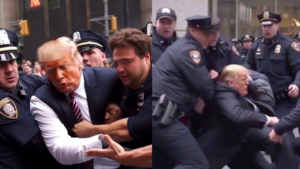
And the Pope strutting confidently in white winter gear.
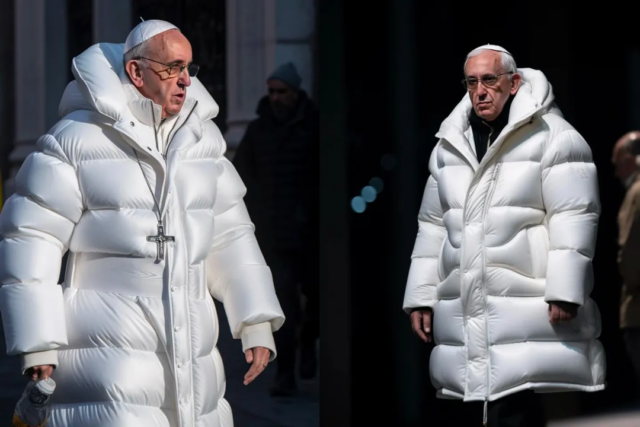
Last week, the fashion-savvy Pope Francis appeared on Twitter wearing a white puffer jacket with a matching cap and metallic cross necklace, which fooled many users into thinking that this was a genuine fashion statement from the pontiff.

In fact, the AI-generated image has caused a commotion, with many users wondering which brand made the jacket and how good it looks.
‘I thought the Pope’s puffer jacket was real and didn’t give it much thought. I know I won’t survive in the future of technological advancement,’ one netizen commented.
In fact, it is not difficult to see that this image is created by AI.
“This image was first posted on the r/midjourney board on Reddit, and later shared by netizens on Twitter, causing a huge stir online.
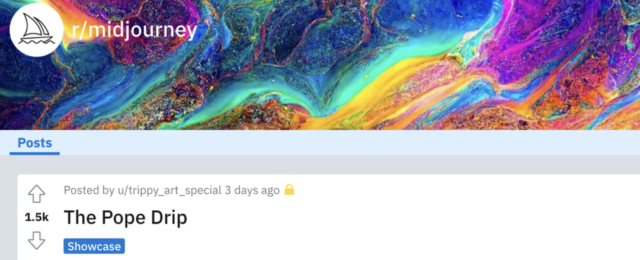
Upon closer examination, one can see clear signs of artificial intelligence generation, including several areas with obvious blurriness:
- a seemingly incomplete hand attempting to grab something that doesn’t quite look like a coffee cup, with stains nearby;
- the cross worn by the pope is not rectangular, and features a clay-carved Jesus sitting atop it;
- inconsistencies between the shadow on the glasses and that on the face.
All of these indicate that this image was generated by artificial intelligence. It only understands the surface of reality, and does not grasp the basic rules governing the interaction of physical objects.

That being said, there is no denying that this image looks too real.
You may have scrolled past it on your feed last week, without thinking too much about it.
You may have even posted on Twitter, “Wow, the Pope is a fashion icon,” and then gone about your day.
The reason why this image has become so popular is because it represents a unique combination of theme and aesthetic, precisely because it matches the way we currently consume images.
After seeing the viral trend of the Pope’s outfit, netizens also joined in and shared their own prompts: “Pope Francis using a big white puffer jacket in the Vatican City, noonlight, screenspace Global illumination, lumen reflections, space reflections, diffraction grading, chromatic aberration, ambient occlusion, realistic photograph, –v5”

“medium-full shot of Pope Francis wearing puffer jacket, walking on the street, natural afternoon light, shot on Agfa Vista 200, side-angle view, 4k–ar16:9–stylize1000–v5”. Thanks to the netizens’ contribution.
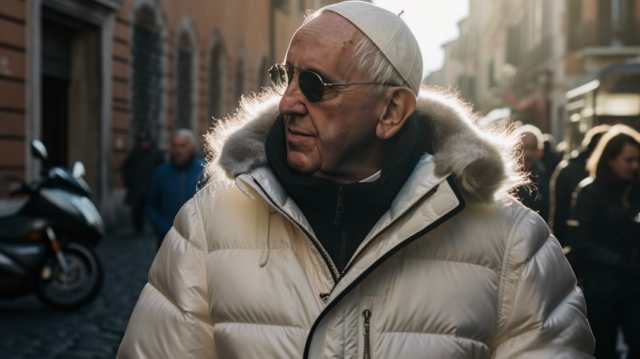
On March 18th, Trump announced on his self-created social media platform that New York prosecutors were investigating a case and he expected to be arrested on March 21st, calling on his supporters to protest.
However, on the 22nd, the big news Trump had prematurely teased did not happen.
Founder of open-source intelligence group Bellingcat, Eliot Higgins, supported Midjourney. Higgins posted a tweet with 50 real images of Donald Trump being arrested, all generated by Midjourney.
Higgins later stated that he was banned by Midjourney.
In addition, the word “arrested” is also banned on the platform.
Higgins said that celebrities are more likely to be targets of deepfakes. As the more famous a person is, the more images that artificial intelligence must learn from, very famous people are rendered very well, while less famous people are often somewhat unstable.

Last week, when Trump was arrested 1.0, it was not that real, perhaps because it was too high-definition and did not look like a news picture that had been edited. And if you look at the hands carefully, there are clues.

Later, Trump also shared pictures generated by AI on TruthSocial.
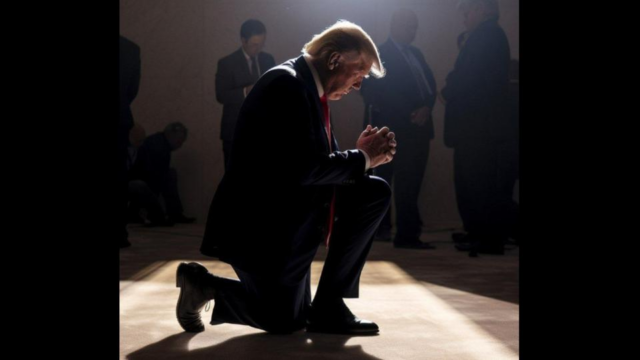
It seems that Trump does not object to images created by artificial intelligence.
However, the photo of him kneeling in prayer is also very fake.
First of all, there is the issue of the hands, which seem to be missing the ring finger on the right hand, and the thumb is also strange, violating basic human anatomy.

Another clue is that the kneeling position is a bit difficult for this 76-year-old man, and Trump has never knelt in public.
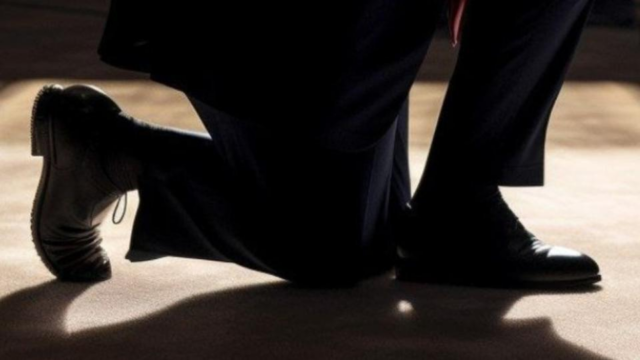
Also, his right knee seems to be directly behind his left foot.Could it be that he’s secretly practicing yoga? His astonishing flexibility and balance are impressive!
And the onlookers’ facial expressions reveal that nobody seems to care that a former president is kneeling down!
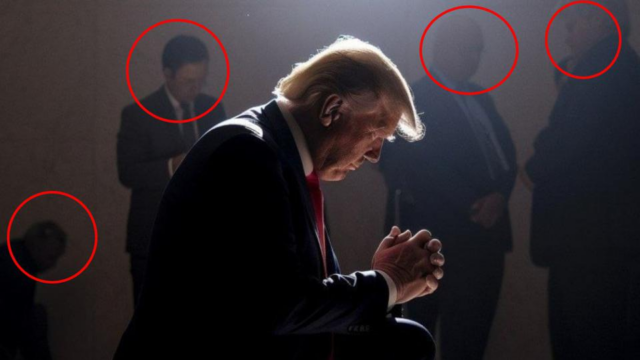


DeepFake face-swapping technology and AI-generated images make it difficult to distinguish between truth and falsehood. Many celebrities have been the targets of photoshopped images and rumors, but as this technology becomes increasingly realistic, it becomes more difficult for victims to defend themselves.
According to a 2020 report by Sensity, hundreds of explicit fake videos featuring female celebrities are uploaded to the world’s largest pornographic website every month, with a total of around 49,000 DeepFake videos, of which over 95% are pornographic in nature.
Since AI-driven face-swapping tools entered the mainstream a few years ago, actresses such as Emma Watson, Natalie Portman, Billie Eilish, and Taylor Swift have become targets of deepfakes.
In the future, people may need to conduct multiple investigations to uncover the truth behind media reports.
Perhaps we should pay attention to the hands in the picture first.
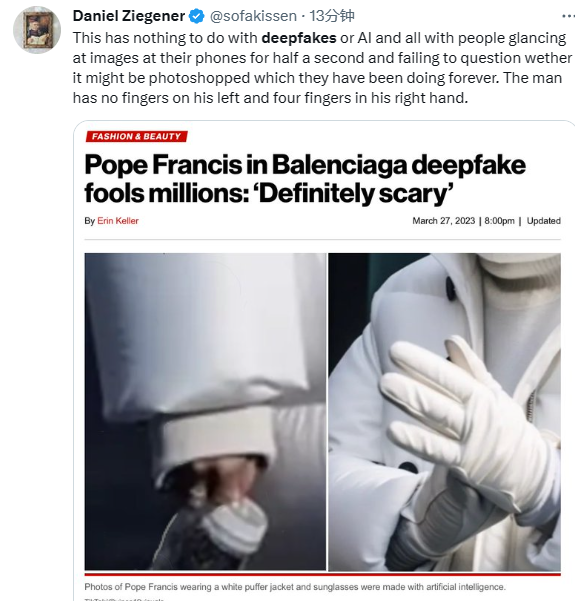
Or maybe the parties involved need to step forward and expose the fraud.
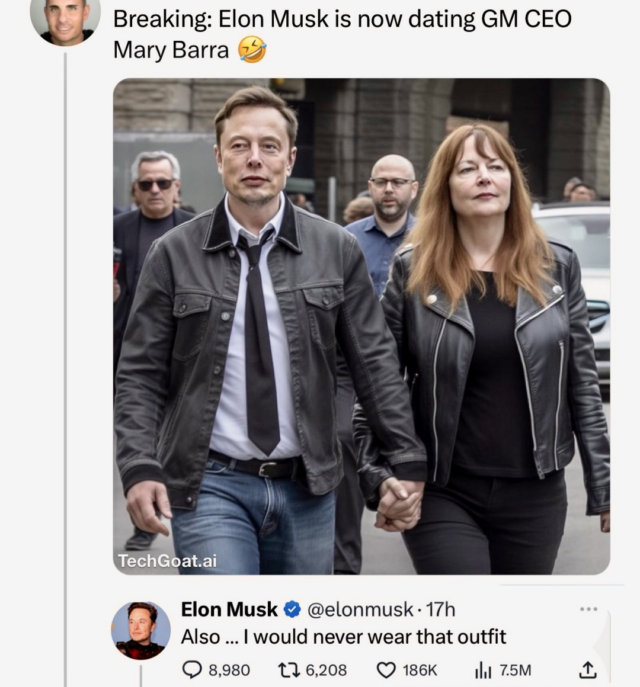
In any case, we need more methods to distinguish the truth from the falsehood.
However, some netizens believe that this is only a simple mode. When the technology evolves to the point where it cannot be distinguished, that is when the real trouble begins, and people may need to see it with their own eyes to confirm the truthfulness of the news.

“Farid from the University of California, Berkeley, warns that Midjourney’s realistic image capability poses political risks, as it can produce images that look plausible and trigger social anger.
‘It’s easy to persuade people with these things. You start with an image, and then you fill in the rest by coding. Before, you could rely on the ability to discern authenticity from a person’s hands, but now it is becoming increasingly difficult to distinguish between real and fake images.’
He believes that AI companies need to think carefully about the harm they may cause through their technology improvements. He suggests these companies implement safeguards, such as setting up prohibited words like DALLE-2, adding image watermarks, and preventing the creation of photos by anonymous accounts.
However, Farid believes that AI companies are unlikely to slow down their image production technology research.
The generative AI field is an arms race, and everyone wants to figure out how to make money. They are moving fast, and considering safety issues will slow you down.
